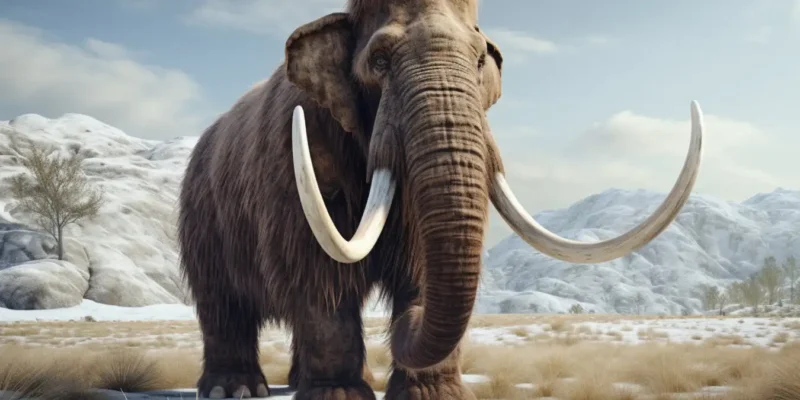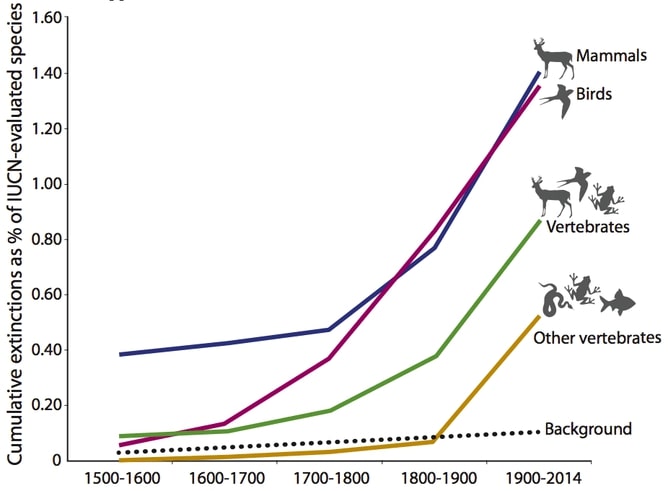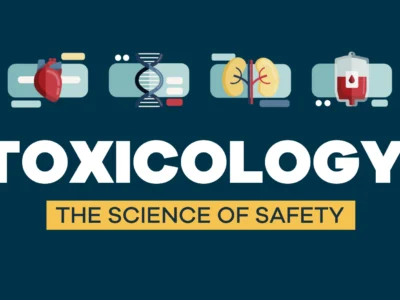
Will the majestic creatures conquer the Arctics again?
We all have seen the Jurassic World film series, right? What if I will say that it wasn’t only a fantasy? It is more scientific than you think. What if I will say that bringing back extinct animals to life is possible? Sounds crazy, right? But, scientists are working on this for decades. As of now, scientists have brought back the bucardo by cloning technique which lived for a short time only. But now professor George Church and co. have been working to bring the woolly mammoth back to earth. So why Mammoth? This is because they got extinct only 4000 years ago and their genetic remains are still found beneath the ice. So is it ethical to bring them back? And how can we pull this crazy idea
into reality?
Why we should worry?
We are currently through earth’s sixth mass extinction period. This is not like all other 5 great extinction processes where natural phenomena played an important role. Here, we humans are the cause of this mass extinction, all anthropogenic factors like industrialization, and modernization only added fuel to an already burning fire. The graph below represents how anthropogenic factors aided in the sixth great extinction.

Fig: sixth great mass extinction.
What happens when a species becomes extinct?
When an organism becomes extinct, a small ripple is created in an ecosystem, whose wave can create a huge imbalance in our ecosystem. When we lose a species, a void is created which may or may not be filled by existing species.
Can we bring back what we have lost?
Scientists have been working on it for decades. De-extinction is a process of generating an organism that either resembles or is an extinct species. According to IUCN: “ De-extinction is the generation of proxies of extinct species that are functionally equivalent to the original extinct species but are not faithful replicas.”
The IUCN guideline gives three ways for this:
● Selective breeding
● Cloning
● Genome editing
In 1999, Bucardo was cloned, and although it didn’t survive for long, it was an exact copy of the extinct species. So here, IUCN defied their definition. So the new IUCN definition is as follows:
“De-extinction is the ecological replacement of an extinct species employing purposefully adapting a living organism to serve the ecological function of the extinct species by altering phenotypes through means of various breeding techniques including artificial selection, back breeding, etc. The goal of de-extinction is to restore vital ecological functions and replenish the changes that occurred due to the extinction of species.”
Why Mammoth should be brought back?
● Decelerate the melting of the arctic permafrost (according to Wikipedia: permafrost is the ground that continuously remains below 0 o C for two or more years, located on land or under the ocean).
● To decelerate the emission of the greenhouse gases trapped within the permafrost layer –up to 600 million tons of net carbon annually. The return of mammoth can lead to replacing grasslands in place of shrubs which will help to create a cycle that prevents the thaw and release of the stored greenhouse gases within the permafrost. These heavy animals can scrape away layers of snow so that the cold air can reach the soil. This allows grasslands to thrive.
● The mammoth steppe: the loss of this large cold-tolerant mammoth has stripped this ecosystem of the grassland that once efficiently absorbed carbon. Instead, the mossy forest and the wetlands which exist today do not absorb carbon with that efficiency. So, bringing back mammoth can bring back this mammoth steppe which will help us to fight the ongoing climate change and replenish the tundra diversity and ecosystem.
(The mammoth steppe- According to Wikipedia: also known as the steppe tundra was earth’s most extensive biome. It was cold and dry. The vegetation was dominated by grasslands, willow shrubs, etc. )

Fig: the mammoth steppe.
The most important thing about mammoths is they only became extinct around 4,000 years ago. This means we can still find their remains and due to their habitat in the arctic region, this job became easier. Remains of mammoth are trapped in the ice which can be extracted for studies and
get desired DNA samples. Therefore bringing the wooly mammoth back is not just a theory. It is the science that has been developed and mastered by professor George Church. With 99.6% genetic match with the Asiatic elephant, intact mammoth DNA, and modern genetic engineering the task is
progressing.
“What we do for pigs is probably what we will do for elephants, which is we engineer them in a regular fibroblast. These are ordinary skin cells. We have to pluck out the nucleus, put it into an egg, grow the fetus, and then get fresh skin cells again, and do it again, and keep doing it” Dr. Church
said.
Then, they must tackle the 22-month gestation period of a 200-pound calf. A surrogate hasn’t been ruled out, but Dr. Church says he is leaning heavily against it, “You don’t want to interfere with the reproduction of endangered Asian elephants.” Instead, his team is working on artificial womb technologies.
Dr. Church speaks with conviction about the prospect of creating a cold resistant elephant in the next decade. “A lot of things that we set our minds to,” he said, ” turn out to be a lot easier than we thought.”
“We use it for just about every project,” said Dr. Church about IDT’s synthetic DNA. And the development of CRISPR technology is quite helpful in this research.
So what is CRISPR CAS9?
In simple language, CAS9 is a small group of RNA with nucleases that can be used cut DNA at a desired location where the RNA of CAS9 will bind. As a result, the cell will start repairing which is an error-prone process leading to mutation and ultimately allowing scientists to know more about the function of the gene. Sometimes this technology can be used to cure various genetic disorders like adding the right sequence of base pairs after the CAS9 so that the faulty sequence can be replaced.

Fig: Showing CRISPR CAS9
Is bringing back extinct species a good idea?
There will always be a question while bringing back an extinct organism like the mammoth because, at present, they have lost their habitats, and bringing back mammoth means providing them their niche which might lead to intervening with the existing ecosystem.
Another main downside of this project is its cost. This project is so costly that people often think conserving the existing species is way cheaper.
Who is investing in this project?
Colossal biosciences: “Combining the science of genetics with the business of discovery, we endeavor to jumpstart nature’s ancestral heartbeat. To see the Woolly Mammoth thunder upon the tundra once again. To advance the economies of biology and healing through genetics. To make humanity more human. And to reawaken the lost wilds of Earth. So, we and our planet can breathe easier.”- a statement from colossal biosciences.
References:
● https://www.ncbi.nlm.nih.gov/
● https://colossal.com/
● https://www.wikipedia.org/
● https://sg.idtdna.com/







